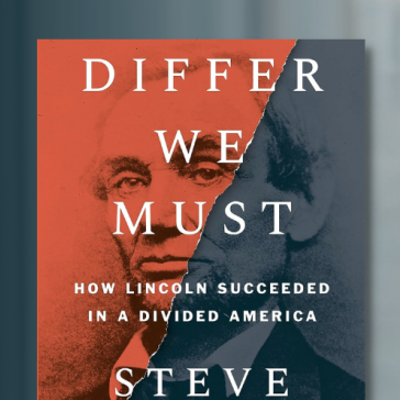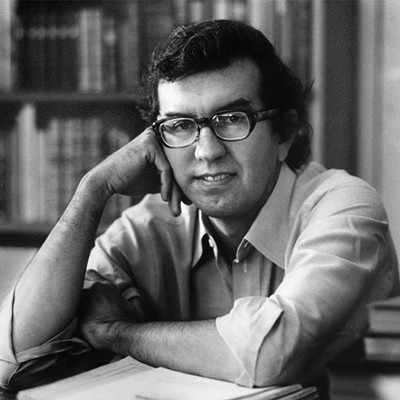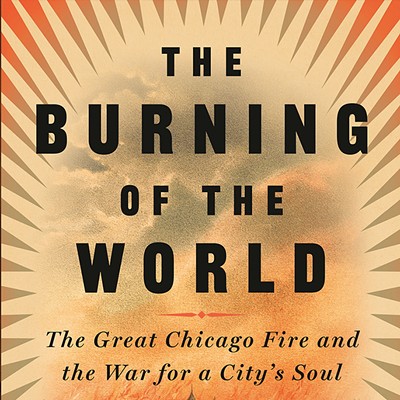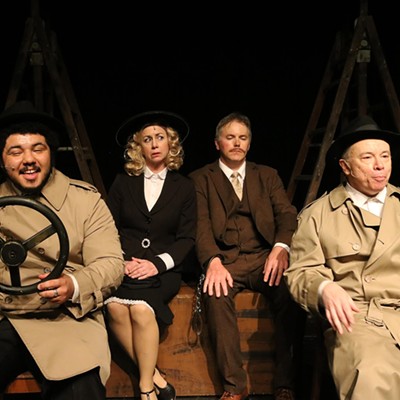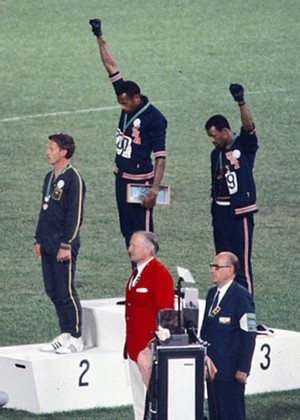
Doug Williams, the first Black quarterback to lead an NFL team to a Super Bowl championship, understands the difficulty of any sports writer taking on this subject. Writing the foreword to Raise a Fist, Take a Knee: Race and the Illusion of Progress in Modern Sports, Williams observes that author John Feinstein "can't possibly understand what it's like to wake up Black every morning and to go through life knowing there are people who are going to look at you as a Black man, not just a man."
But a comprehensive analysis of race in American sports requires a man of John Feinstein's distinction. His books and writings on American sports have covered college and professional football, golf, baseball and tennis. If it has a court, field or course, Feinstein has written about it in great detail.
Raise a Fist, Take a Knee is a more controversial subject than Feinstein has previously undertaken. There is often a reluctance for victims of racism to share their life experiences publicly and candidly. Additionally, the subject is so intertwined with contemporary American politics that rational discussion can be extremely difficult. Feinstein's books are known for combining extensive interviews with detailed anecdotal narrations. As this book unfolded, I was apprehensive that his style might be unsuitable for the emotional subject of racism in the world of sports. But as interview after interview and experience after experience are detailed in this powerful account, the story becomes clear and the pain of many all too evident.
Feinstein's narrative begins with an iconic sports moment, a protest that served as a forerunner to the present-day Black Lives Matter movement. On Oct. 15, 1968, on the victory podium of the Olympic 200-meter sprint, American athletes Tommie Smith and John Carlos raised gloved fists during the playing of the national anthem. The plan was for each man to wear black gloves, black socks and no shoes to mark the poverty suffered by so many Blacks in the United States. The men wore buttons of the Olympic Project for Human Rights. The third man on the podium was Australian Peter Norman, the second-place finisher in the race. Learning of the Americans' protest, Norman asked to be included and donned a button of the OPHR. The response was immediate.
Smith and Carlos were banned from the Olympics and ordered to leave the Olympic Village. Norman was vilified by Australian media and eventually banned from future Olympic participation by his homeland. Smith and Carlos were attacked by American media as "black-skinned storm troopers." Not until 2018 were the men allowed back into the world of track and field when they were introduced at a U.S. Track and Field award ceremony. The video introduction was made by Colin Kaepernick. The standing ovation was loud and long.
From this beginning point, Feinstein moves through a series of interviews with Black athletes and executives. It is a Hall of Fame cast, including Marlin Briscoe, the first Black quarterback in the modern NFL. Scouts and coaches were reluctant to draft him for professional football unless he agreed to play a position other than quarterback. He declined, and only after a series of injuries did the Denver Broncos of the original AFL put him in a game. Ozzie Newsome, an NFL great and the first Black executive of an NFL franchise, recalled as a child trying out for youth football. Even as a preteen he knew quarterback was not a position for Black players.
The list of interviewees and sports is exhaustive. It includes baseball, college and professional football and basketball. Feinstein met with legendary players and executives including John Thompson, George Raveling, Tony Dungy, Lovie Smith and enough other willing subjects to fill pages in his acknowledgements. All spoke with him willingly, candidly and poignantly, portraying a world where Feinstein notes that, "The more I talked to Black people in the last 18 months, the more I came to understand that their day-to-day lives are always colored by the fact that so many whites look at them with suspicion for the simple reason that they're Black."
Raise a Fist, Take a Knee, is a difficult book to read. It is often difficult to write the truth and equally difficult to accept that truth. But if we hope to live the dream of equality we must understand how inequality impacts our lives. And move in a better direction.
Stuart Shiffman of Springfield, a retired judge, frequently reviews books on a variety of subjects for Illinois Times.


